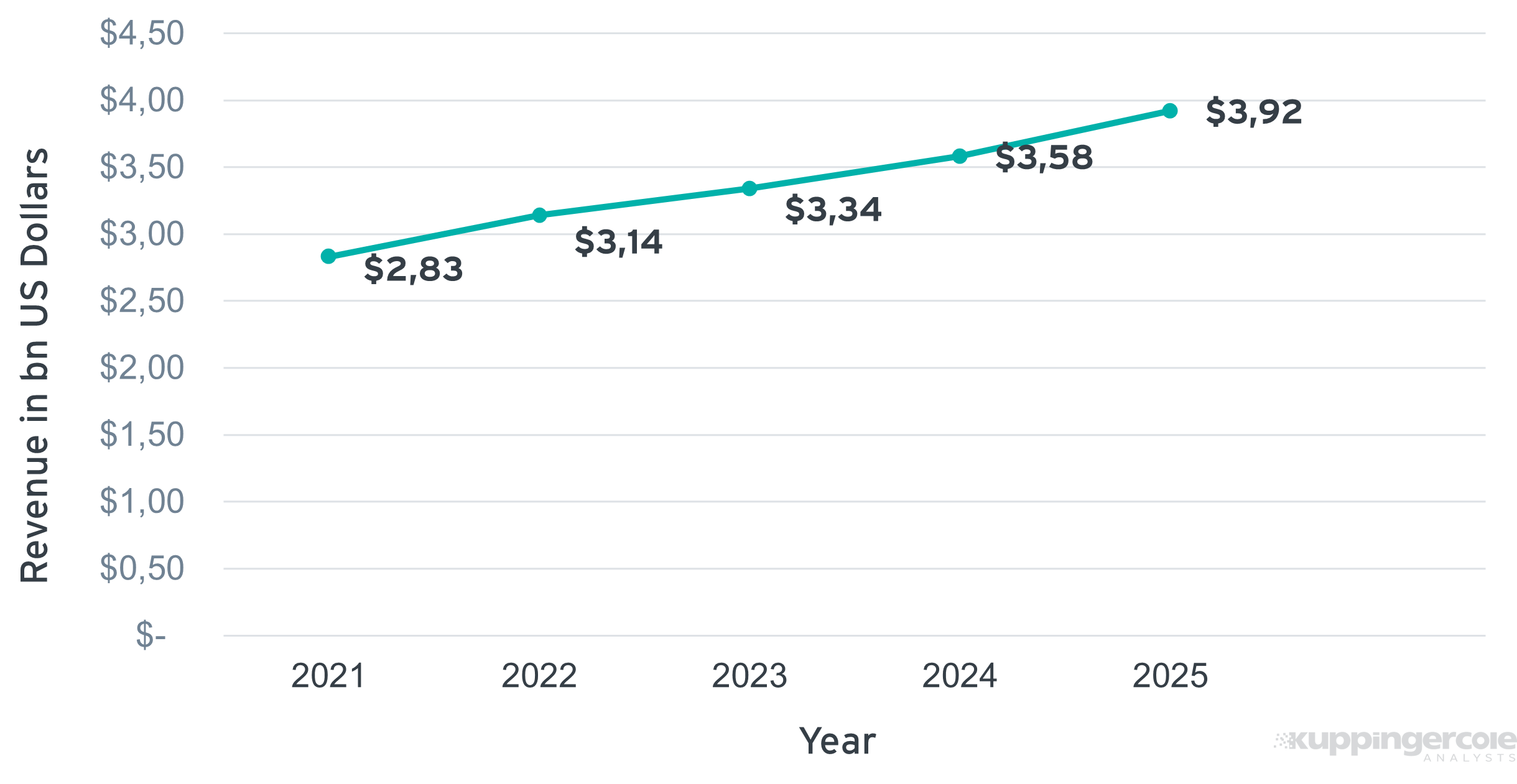Wiesbaden, November 17, 2022 – Web Application Firewalls (WAF) have long been used to protect web applications through the inspection of HTTP traffic. Traditionally, WAFs were used within organizations on-premises to protect both internal intranets and externally facing internet web applications. Over time organizations have grown to depend on web applications to operate with business partners and customers, making it business-critical to maintain and protect web applications. Chatbots make a telling example: chatbots imitating human behaviour can automate processes and complete tasks quickly, but also became a tool for malicious web attacks. In the light of this scenario, advanced WAF capabilities are needed to distinguish between bots and real users by detecting anomalies in navigation activities.
This market segment covers solutions that protect web applications using a Web Application Firewall. These solutions provide the capability to protect web-based applications, their data, and APIs, which are commonly found in small to large organizations. KuppingerCole Analysts predicts that this market will reach a volume of 3,92 billion US dollars by 2025. A steady and firm growth can be expected, this market segment already being mature. The estimation of the Compound Annual Growth Rate goes to 8,7%, presenting most of the coverage of this solution in North America, EMEA and APAC. Other regions are lagging in WAFs solutions uptake, but considering the changes and progresses in automation processes, this is likely to improve in the coming years.





































